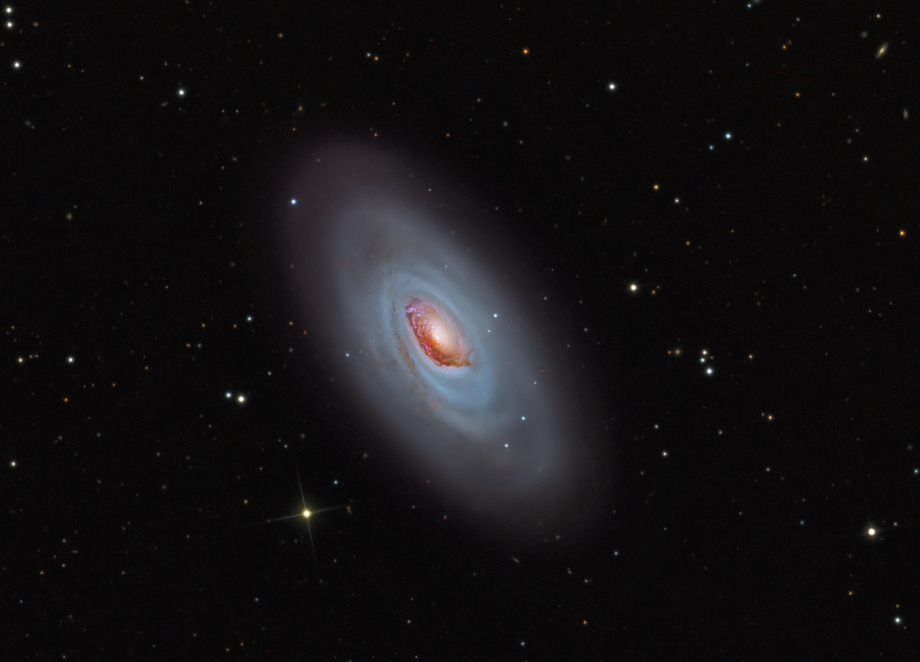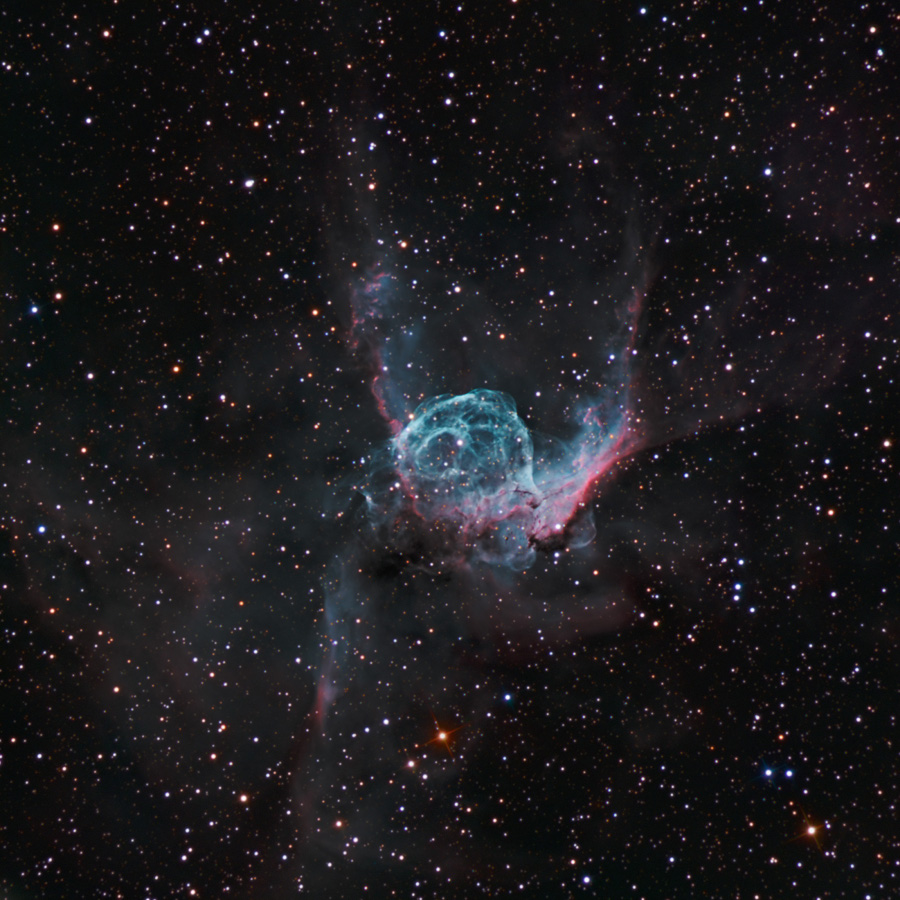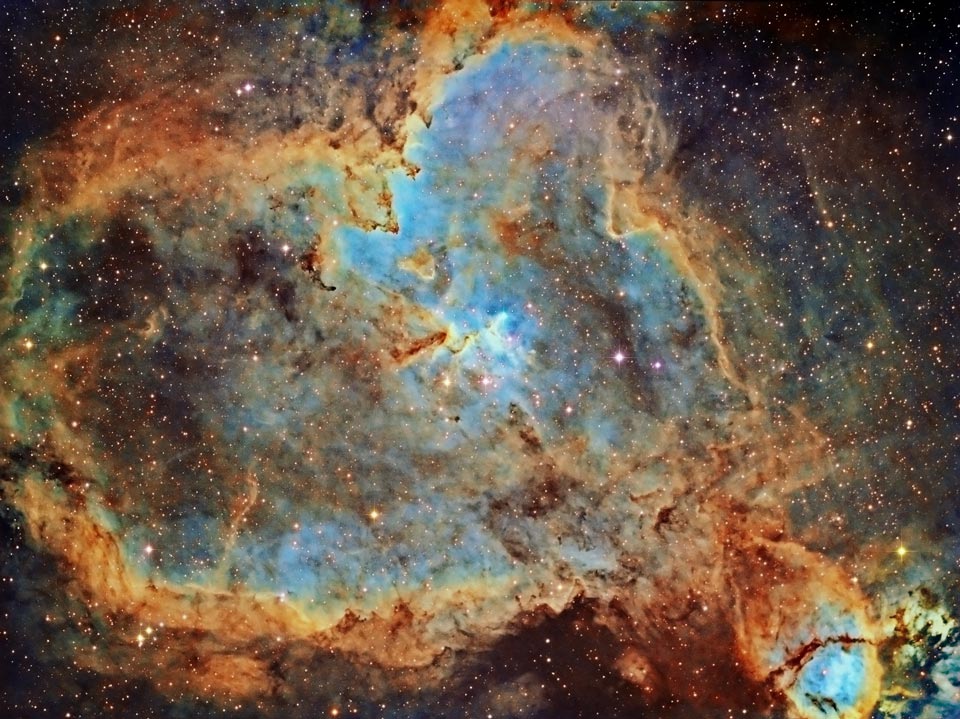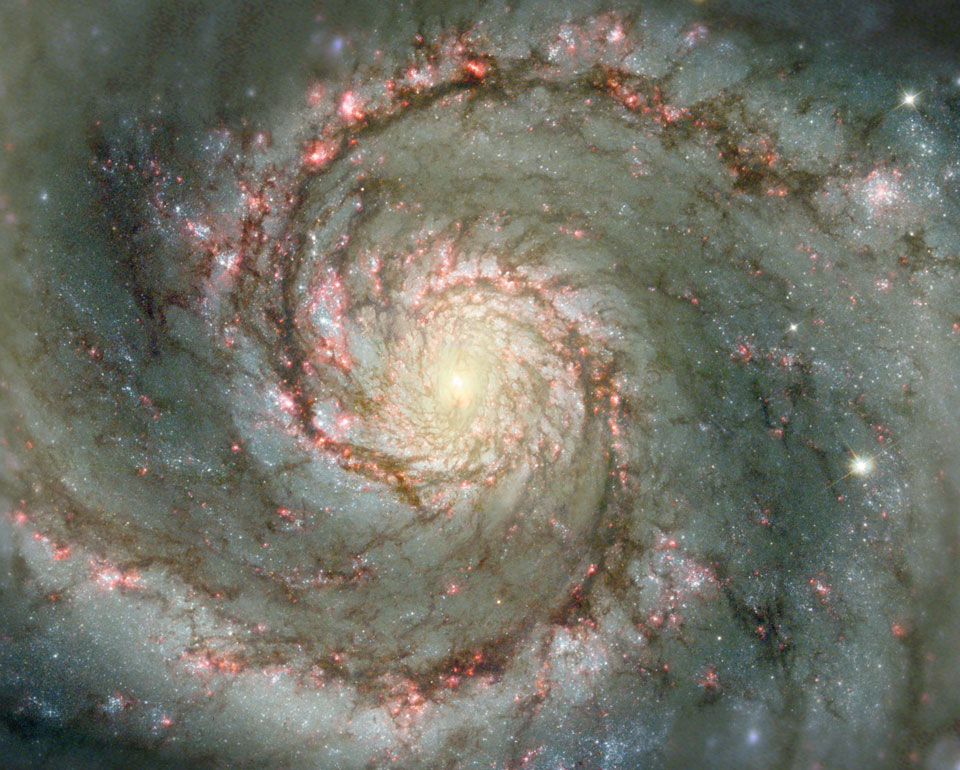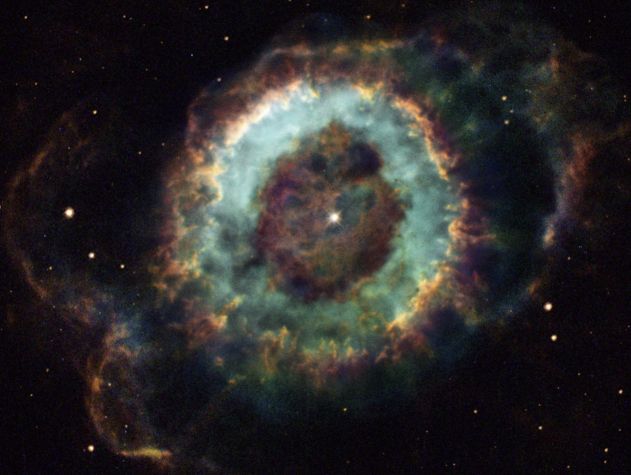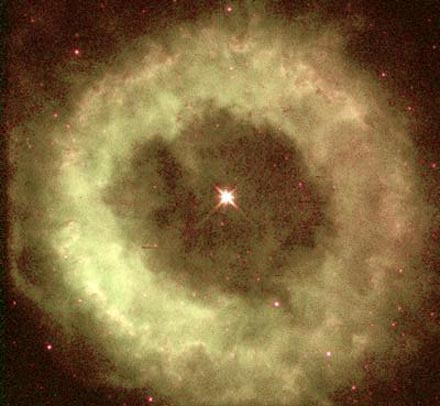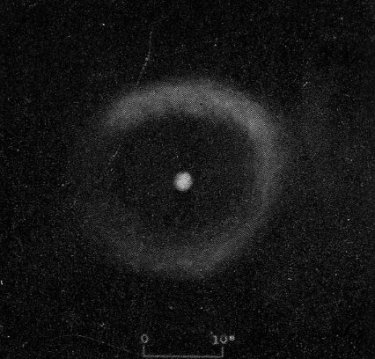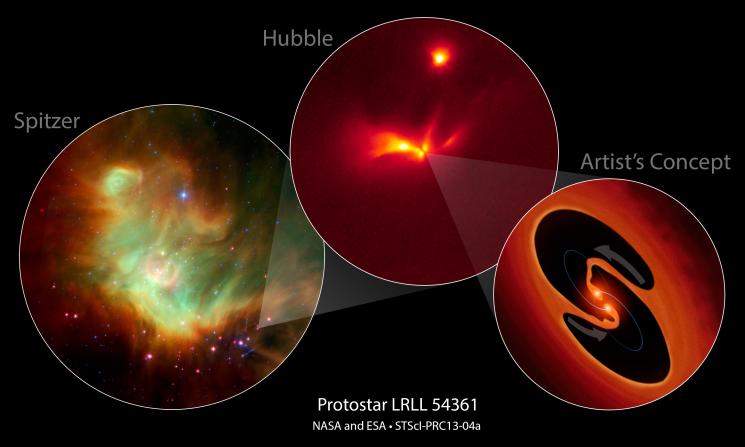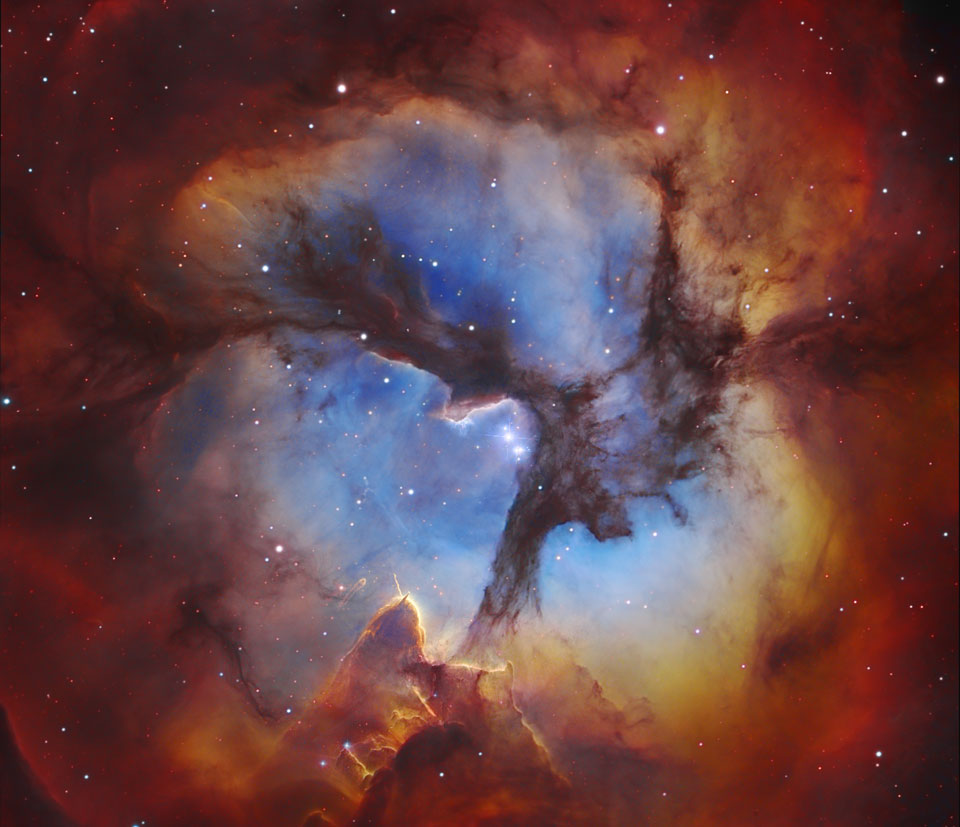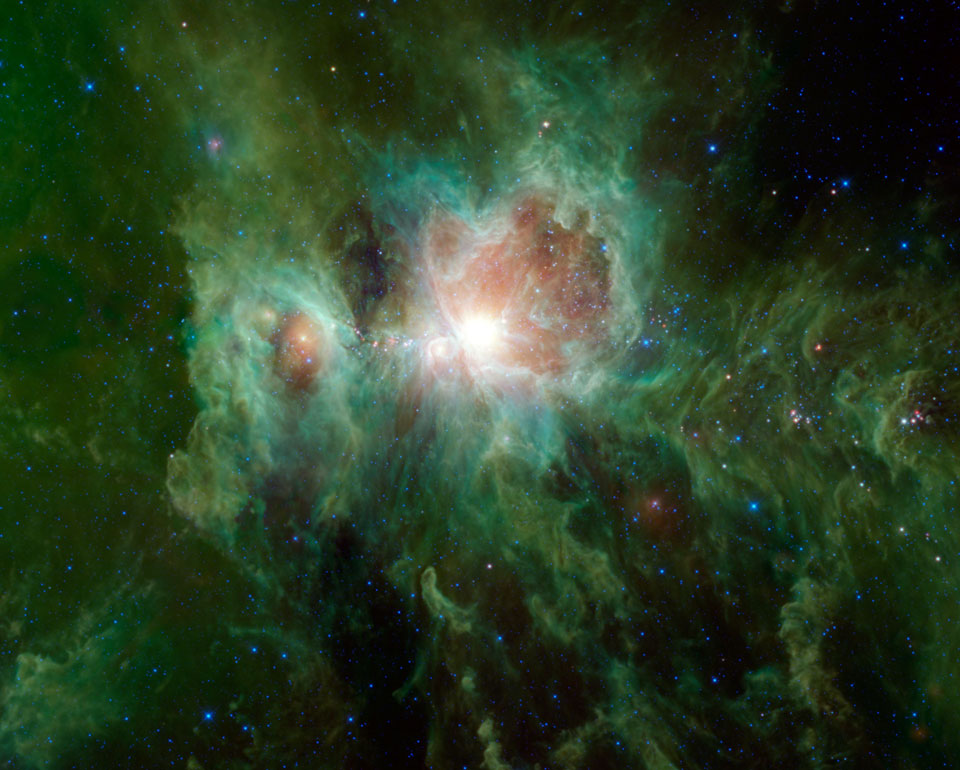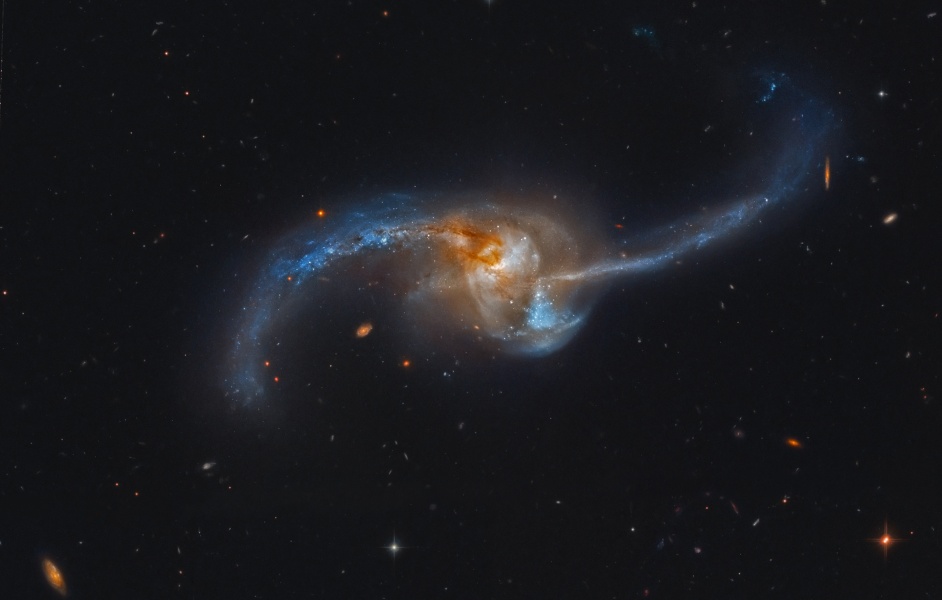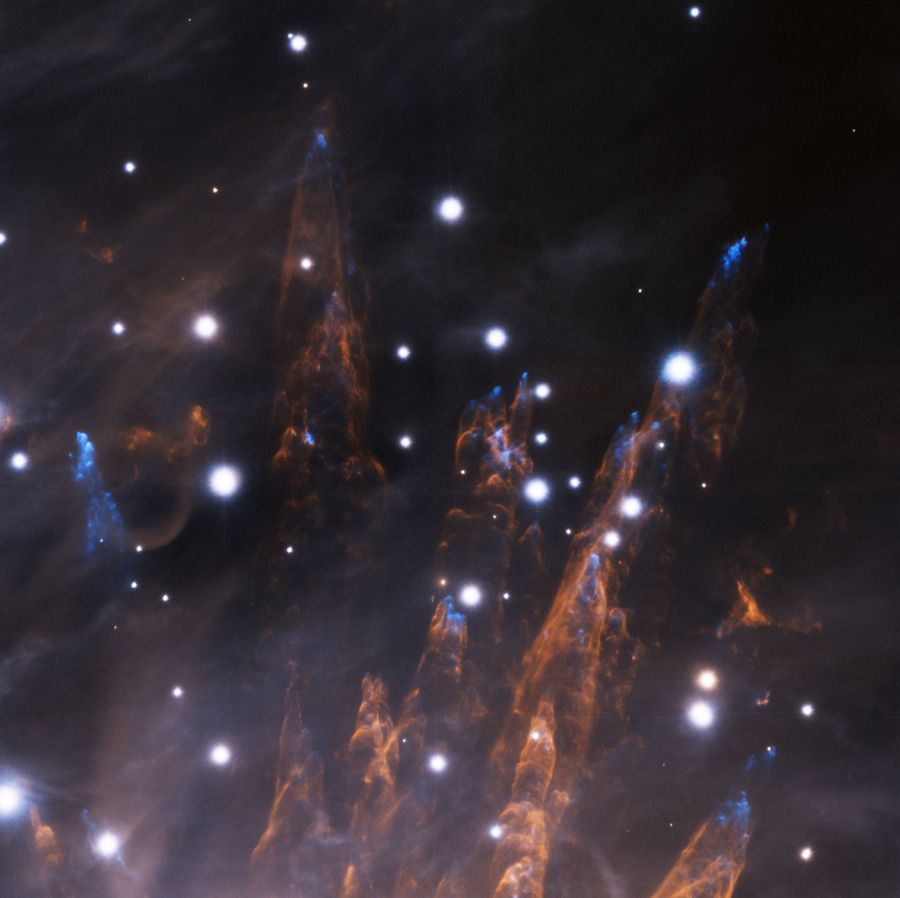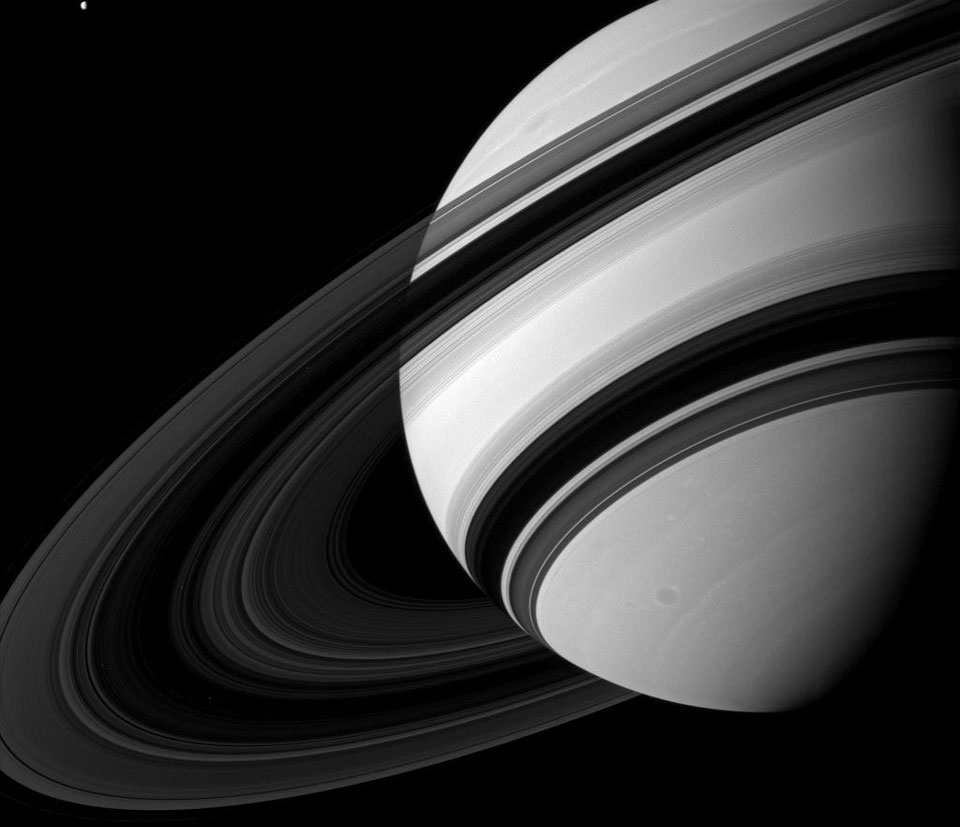5/10/13 9-11 pm Siesta Key Beach:
Saw Jupiter.
Constellations:
Spicca
Libra
Leo
Ursa Major
5/24/13 8-10 pm
Moon was full
Constellations:
Spicca
Corvus
Bootes
Draco
5/25/13 11pm-1am Siesta Key Beach:
Constellations:
Leo
Virgo
Hydra
Corvus
Spicca
Libra
5/28/13 8-10 pm
Constellations:
Lyra
Scutum
Gemini
Cygnus
Lacerta
Sextans
Thursday, May 30, 2013
Zooniverse
Classifying Galaxies
Week of May 16th: 4 hours this week. Didn't do any zooniverse on Wednesday. Did 1 hour every other weekday.
Week of May 23rd: 4 hours again. Skipped Monday.
Week of May 30th: Finished up my last 2 hours on Friday night.
Week of May 16th: 4 hours this week. Didn't do any zooniverse on Wednesday. Did 1 hour every other weekday.
Week of May 23rd: 4 hours again. Skipped Monday.
Week of May 30th: Finished up my last 2 hours on Friday night.
Monday, May 20, 2013
Q4 Biography - Gene & Carolyn Shoemaker
Carolyn jean Spellmann was born in Gallup, New Mexico on June 24th, 1929. She attended Chico State College in California and recieved an MS and BS in history and political science. Gene Shoemaker was born in Los Angeles, California on April 28th, 1928. He graduated from CalTech when he was nineteen. A year later, Gene earned his master's degree and joined the US Geological Survey. Later, he became interested in astronomy after seeing Arizona's Meteor Crater. As a result, he earned his doctorate from Princeton and wrote a thesis on Meteor Craters. Carolyn and Gene were married on August 18th, 1951. Later on, they had three children: Linda, Pat, and Christy.
The couple settled down in Arizona, where Gene continued to have an active role in the astronomy community. He worked on the Ranger missions to the moon and also helped train astronauts. Gene wanted to be an astronaut himself, but he was unable to do so because he was diagnosed with Addison's disease in 1963. However, he continued working to help other scientists go into space. In 1965, he became the chief scientist of lunar landings.
From 1969 to 1985, Gene was a professor of geology at CalTech. Carolyn spent many years solely as a mother, but in the early 80s, she started measuring images taken in space. During her observations, she helped to find over 800 asteroids and 32 comets.
The couple is most known for its discovery of Comet Shoemaker-Levy 9. David Levy aided in the comet's discovery. Evidence of the comet's existance had been discovered in 1993, but it was later found that the comet had broken up near Jupiter. The fragments of the comet crashed into Jupiter in 1994. As a result of their work in the astronomy field, the couple recieved both the Rittenhouse Medal and the 1995 Scientist of the Year award.
Gene Shoemaker was killed in a car accident in 1997. Carolyn is still alive today.
Friday, May 17, 2013
Apod 4.8
http://apod.nasa.gov/apod/image/1305/lemmon_rhemann_960.jpg
This is an image of Comet Lemmon. Shown in the image are two tails of the comet, a dust tail and an ion tail. The dust tail is an off-white color, while the ion tail is more visible and blue. The greenish color surrounding the comet's nucleus is caused by C2 gas fluorescing sunlight.
This is an image of Comet Lemmon. Shown in the image are two tails of the comet, a dust tail and an ion tail. The dust tail is an off-white color, while the ion tail is more visible and blue. The greenish color surrounding the comet's nucleus is caused by C2 gas fluorescing sunlight.
Wednesday, May 15, 2013
Q4 Biography links
http://astrogeology.usgs.gov/people/carolyn-shoemaker
http://astrogeology.usgs.gov/rpif/Gene-Shoemaker
http://www2.jpl.nasa.gov/sl9/news81.html
http://www.physics.sfasu.edu/astro/sl9/gene.html
http://astrogeology.usgs.gov/rpif/Gene-Shoemaker
http://www2.jpl.nasa.gov/sl9/news81.html
http://www.physics.sfasu.edu/astro/sl9/gene.html
Friday, May 10, 2013
Apod 4.7
http://apod.nasa.gov/apod/image/1305/heic1305aM77_900.jpg
This is a face on image of the spiral galaxy M77, also known as NGC 1068. It is 47 million light years away and is in the direction of the constellation Cetus. It is believed to be almost 100 thousand light years across. The galaxy is well studied by scientists who want to learn more about supermassive black holes.
This is a face on image of the spiral galaxy M77, also known as NGC 1068. It is 47 million light years away and is in the direction of the constellation Cetus. It is believed to be almost 100 thousand light years across. The galaxy is well studied by scientists who want to learn more about supermassive black holes.
Friday, May 3, 2013
Apod 4.6
http://apod.nasa.gov/apod/image/1305/HH-HST-ESO-gendler810.jpg
This wide perspective shot was made possible by combining images from the VISTA telescope and the Hubble space telescope taken from infrared wavelengths. The image itself depicts the horsehead nebula, also known as Bernard 33. Horizontally, the image is 10 light years long.
This wide perspective shot was made possible by combining images from the VISTA telescope and the Hubble space telescope taken from infrared wavelengths. The image itself depicts the horsehead nebula, also known as Bernard 33. Horizontally, the image is 10 light years long.
Friday, April 26, 2013
Apod 4.5
http://apod.nasa.gov/apod/image/1304/743348main_SDOTimelapse_Sun_2k.jpg
This is an image of our Sun. This is a composite of 25 different images recorded in extreme ultraviolet light taken over the course of two days. In a normal light view, the brighter spots would appear darker.
This is an image of our Sun. This is a composite of 25 different images recorded in extreme ultraviolet light taken over the course of two days. In a normal light view, the brighter spots would appear darker.
Friday, April 19, 2013
Apod 4.4
http://apod.nasa.gov/apod/image/1304/neptunetriton_voyager_960.jpg
This image was taken by the Voyager 2 spacecraft camera. It depicts Neptune and one of its moons, Triton. This picture could not be taken from Earth because Neptune does not have a "crescent" phase visible from Earth.
This image was taken by the Voyager 2 spacecraft camera. It depicts Neptune and one of its moons, Triton. This picture could not be taken from Earth because Neptune does not have a "crescent" phase visible from Earth.
Friday, April 12, 2013
Apod 4.3
http://apod.nasa.gov/apod/image/1304/soul_andersson_2048.jpg
This image depicts a region called the Soul Nebula in the constellation Cassiopeia. This nebula is home to many clusters of stars. It is also the host of a large radio source called W5.
This image depicts a region called the Soul Nebula in the constellation Cassiopeia. This nebula is home to many clusters of stars. It is also the host of a large radio source called W5.
Friday, April 5, 2013
Apod 4.2
This is an image of Messier 64. the Black Eye Galaxy. It is also called the Sleeping Beauty Galaxy. It is 17 million light-years away inside the constellation Coma Berenices. This M-object is actually composed of two concentric, counter-rotating systems of stars.
Thursday, March 28, 2013
Apod 3.8
This is an image of the spiral galaxy NGC 3169. It is 70 million light-years away. The galaxy appears to be unraveling, which appears to be a fairly common occurrence. The total distance of this image is 400,000 light-years.
Q3 Observations
2/25 (8-10 pm): The moon phase was full. I had an easy time viewing stars because the skies were almost completely clear.
Constellations spotted:
3/21 (8-10 pm): Was able to see Jupiter. Sky was very clear.
Constellations spotted:
3/19 (8-10 pm): Moon phase was first quarter. Sky was a little bit cloudy.
Constellations spotted:
Constellations spotted:
Constellations spotted:
- Orion
- Taurus
- Lepus
- Columba
3/21 (8-10 pm): Was able to see Jupiter. Sky was very clear.
Constellations spotted:
- Ursa Minor
- Ursa Major
- Perseus
- Cassiopeia
- Andromeda
3/19 (8-10 pm): Moon phase was first quarter. Sky was a little bit cloudy.
Constellations spotted:
- Eridanus
- Auriga
- Orion (started with Orion's belt)
- Taurus
- Lepus
- Monoceros
- Canis Major
Constellations spotted:
- Orion
- Lepus
- Canis Major
- Monoceros
Friday, March 22, 2013
Apod 3.7
This cosmic cloud is called Thor's Helmet. It is about 30 light-years across. The Helmet can be compared to a giant bubble. The star at the cloud's center is called the Wolf-Rayet star.
Friday, March 15, 2013
Apod 3.6
This is an image of the emission nebula IC 1805 which is 200 light-years across. It has been nicknamed the Heart Nebula. The center of the nebula is home to a star cluster called Melotte 15 which is 1.5 million years old.
Friday, March 8, 2013
Apod 3.5
This is the Whirlpool Galaxy. A classic spiral galaxy. It is 30 million light years away from Earth and 60 thousand light years across. The galaxy is also known as NGC 5194 or M51. Its spiral structure is primarily due to its gravitational interaction with a smaller galaxy which is above where the image takes place.
Wednesday, March 6, 2013
Q3 Biography
Simon Newcomb was born on March 12th, 1835. He was born in Wallace, Nova Scotia to Emily Prince and John Newcomb. He spent most of his young life moving around Canada with his family. He recieved almost no formal education except for lessons from his father and an herbalist named Dr. Foshay. Newcomb's father was a teacher, so he was able to build a fairly strong foundation considering his lack of school attendance. At age 16, Newcomb started his apprentiship with Dr. Foshay. He worked with the doctor for two years, learning to treat illnesses with herbs, but was not happy with his line of work. He broke his contract with Foshay and walked to Maine, where he took a ship to Salem, Massachusetts. After arriving in Massachusetts, Newcomb met his father again and moved to Maryland with him.
From 1854 to 1856, Newcomb taught at a local school, studying mathematics and astronomy on his own time. Newcomb worked as a "human computer" for a few years to sustain himself. In 1861, Newcomb became a professor of mathematics and an astronomer at the U.S. Naval Observitory in Washington D.C. During his time there, he became interested in planetary motion and worked towards measuring the position of planets in order to help travelers with navigation. Newcomb visited Paris in 1870, where he realized that a highly regarded table of lunar positions was almost entirely incorrect. Later that same year, he published a corrected table.
The Harvard College Observatory offered Newcomb a spot, but he declined. By 1875 he had decided that he wanted to focus on mathematics instead of astronomy. However, in the early 1880s, Newcomb worked towards a more accurate strategy of measuring the speed of light.
From 1854 to 1856, Newcomb taught at a local school, studying mathematics and astronomy on his own time. Newcomb worked as a "human computer" for a few years to sustain himself. In 1861, Newcomb became a professor of mathematics and an astronomer at the U.S. Naval Observitory in Washington D.C. During his time there, he became interested in planetary motion and worked towards measuring the position of planets in order to help travelers with navigation. Newcomb visited Paris in 1870, where he realized that a highly regarded table of lunar positions was almost entirely incorrect. Later that same year, he published a corrected table.
The Harvard College Observatory offered Newcomb a spot, but he declined. By 1875 he had decided that he wanted to focus on mathematics instead of astronomy. However, in the early 1880s, Newcomb worked towards a more accurate strategy of measuring the speed of light.
Friday, March 1, 2013
Q3 Biography sources
http://www.phys-astro.sonoma.edu/brucemedalists/newcomb/index.html
http://www.physics.csbsju.edu/astro/newcomb/SNewcomb.html
http://www-history.mcs.st-andrews.ac.uk/Biographies/Newcomb.html
http://www.physics.csbsju.edu/astro/newcomb/SNewcomb.html
http://www-history.mcs.st-andrews.ac.uk/Biographies/Newcomb.html
Tuesday, February 26, 2013
Wednesday, February 20, 2013
Wednesday, February 13, 2013
Apod 3.4
This is an image of the M106 galaxy. The image itself is made of pictures taken from Earth and space of the galaxy. M106 is 23.5 million light-years from Earth. That makes the length of this image close to 80,000 light-years across.
Apod 3.3
This is an image of the Trifid Nebula. It is near the center of Sagittarius, the archer. Trifid gets its name from the three prominent dust lanes in its center. Most of this nebula's glow comes from the single massive star at its center.
Apod 3.2
This is the Great Nebula inside Orion. It is visible to the naked eye as a small fuzzy patch. This image is an illusory-color composite of four different colors of infrared light. The green glow in the image is caused by the reflection of the light of the stars off of dust filaments that are scattered throughout the region.
Monday, February 4, 2013
Friday, January 18, 2013
Apod 3.1
This is NGC 2623. It's actually two separate galaxies that are slowly merging together. The tails of the galexies are composed of dust, gas, and blue star clusters.
Sunday, January 13, 2013
Q2 Observation Log
December 9th - 7-9pm (Stargaze Session)
Location: Pine View
Viewing techniques used: Naked eye, binoculars, telescope
Saw:
Space Station and a shooting star
Multiple M objects
Jupiter and some of its moons
January 11th - 8-10pm
Location: Glebe Park
Viewing techniques used: Naked eye
Saw:
Orion
Taurus
Jupiter
I'm pretty sure I saw Mars too
January 13th - 7-9pm
Location: Glebe Park
Viewing Techniques used: Naked Eye
Saw:
Cetus, Pisces, Lacerta, Cassiopeia
Location: Pine View
Viewing techniques used: Naked eye, binoculars, telescope
Saw:
Space Station and a shooting star
Multiple M objects
Jupiter and some of its moons
January 11th - 8-10pm
Location: Glebe Park
Viewing techniques used: Naked eye
Saw:
Orion
Taurus
Jupiter
I'm pretty sure I saw Mars too
January 13th - 7-9pm
Location: Glebe Park
Viewing Techniques used: Naked Eye
Saw:
Cetus, Pisces, Lacerta, Cassiopeia
Friday, January 11, 2013
Apod 2.8
Thursday, January 10, 2013
William Cranch Bond
William Cranch Bond was born on September 9th, 1789 in Portland Maine. His father was a clockmaker, Bond built his first clock on his own when he was 15. A lot of his knowledge was self-taught. He had an interest in engineering, which helped him take over the family clock-making business after his father.
In 1806, Bond witnessed a solar eclipse. This sparked his passion for astronomy. Years later when he built his first house, Bond was sure to include an observatory featuring a skylight for astronomical observations. Over the course of his life, Bond identified many new comets. In 1839 as a reward for his discoveries, he was the first to be given the title of "Astronomical Observer" at Harvard College.
8 years later, he became the director of the Harvard Observatory. He was also the first American to be a part of Britains Royal Astronomical Society.
During his time in the Harvard Observatory, Bond observed sunspots, Saturn, and the Orion Nebula M42. His son, George Phillips Bond, aided him in much of his research. With his son's help, Bond discovered Hyperion, one of Saturn's moons.
Bond and his son were the first astronomers to use the Daguerre photographic process in astronomical studies. The process was one of the first methods of obtaining permanent images with a camera. In 1850, they took their first picture using the process; a picture of the star Vega.
William Cranch Bond died on January 29, 1859 in Cambridge Massachusetts.
In 1806, Bond witnessed a solar eclipse. This sparked his passion for astronomy. Years later when he built his first house, Bond was sure to include an observatory featuring a skylight for astronomical observations. Over the course of his life, Bond identified many new comets. In 1839 as a reward for his discoveries, he was the first to be given the title of "Astronomical Observer" at Harvard College.
8 years later, he became the director of the Harvard Observatory. He was also the first American to be a part of Britains Royal Astronomical Society.
During his time in the Harvard Observatory, Bond observed sunspots, Saturn, and the Orion Nebula M42. His son, George Phillips Bond, aided him in much of his research. With his son's help, Bond discovered Hyperion, one of Saturn's moons.
Bond and his son were the first astronomers to use the Daguerre photographic process in astronomical studies. The process was one of the first methods of obtaining permanent images with a camera. In 1850, they took their first picture using the process; a picture of the star Vega.
William Cranch Bond died on January 29, 1859 in Cambridge Massachusetts.
Friday, January 4, 2013
Apod 2.7
This is an image of saturns rings, taken from the side facing away from the sun. This results in pictures that appear to be photo negative versions of ordinary pictures of Saturn.
Subscribe to:
Comments (Atom)
